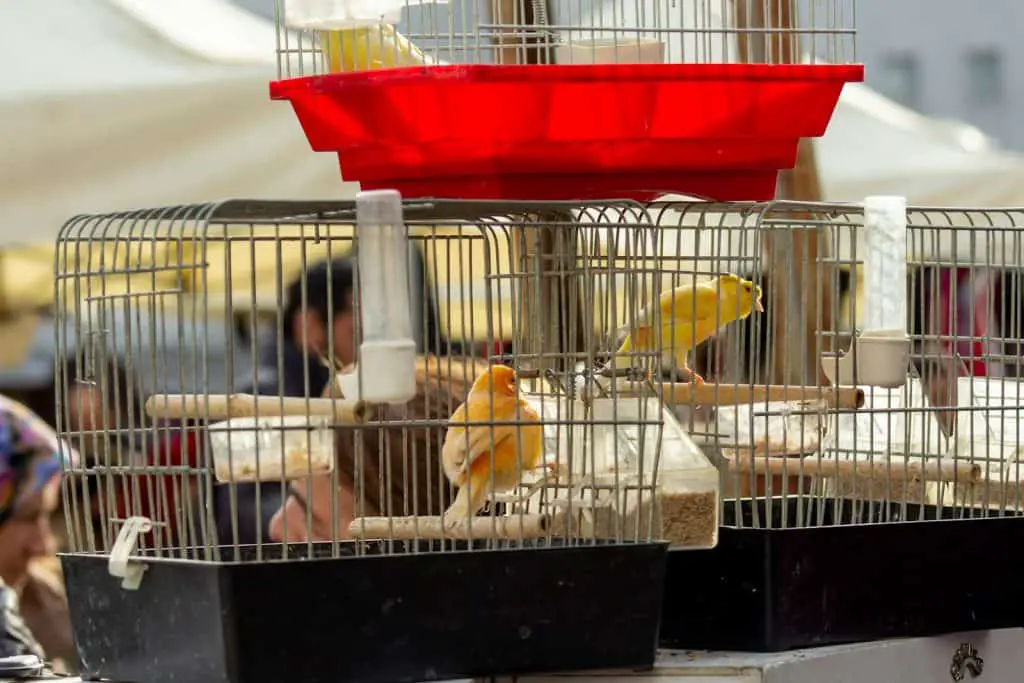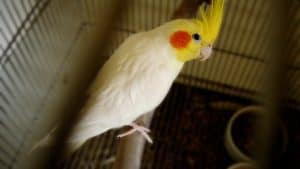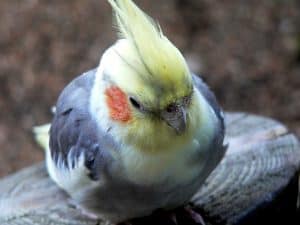Deciding where to place your cockatiel cage at home isn’t just about finding a corner that fits; it’s about ensuring your feathered friend’s happiness and health. You want a location that suits their needs for sunlight, interaction, and safety, all while complementing your living space. It’s a balance that might seem tricky at first, but with the right guidance, you’ll find the perfect spot.
Think about the factors that affect your cockatiel’s well-being—noise levels, household traffic, and even air quality. Each of these elements plays a crucial role in your pet’s daily life. By choosing the optimal location, you’re not just setting up a bird cage; you’re creating a home within your home where your cockatiel can thrive. Let’s explore how to make your living space a haven for your chirpy companion.
Ideal Locations for Your Cockatiel Cage

Selecting the perfect spot for your cockatiel cage is crucial for ensuring a happy and healthy life for your feathered friend. The right location supports their physical and mental well-being, aligning with essential factors such as lighting, safety, and social interaction.
Consider Natural Lighting
Position your cockatiel cage in a room that receives ample natural light but avoids direct sunlight, which can be too harsh for your bird. Natural light helps maintain your cockatiel’s natural sleep cycle and boosts their mood.
A good spot might be near a window with a sheer curtain, providing diffused light and a view of the outdoors, stimulating your cockatiel’s interest and curiosity without the risk of overheating or exposure to intense sun rays. Ensure the cage isn’t placed directly under an air conditioning vent or by heating sources, as sudden temperature changes can be harmful.
Avoid High-Traffic Areas
Locate the cage in a part of your home that is calm, with minimal noise and household traffic. Avoid areas near the front door, busy hallways, or near the kitchen, where cooking fumes and loud sounds can cause stress to your bird. Ideally, the cage should be set in a peaceful corner of a bird room that’s used enough to keep your bird engaged but not overly hectic. This placement minimizes the risk of frequent disturbances that can lead to stress and anxiety in cockatiels.
- Perfect intelligence design toys for your bird thinking development.
- By observing your parrot you will quickly see that birds really prefer "working" to obtain their food.
- Place the bird in a cage favorite food or toy blocks, allow the birds to eat or take out their own brains how to play.
- The toy provides a Challenging&Fun Way for birds to acquire nuts,fruit or other bigger treats from holes in different shape,Which keeps your bird busy with fun for hours.
- This is intelligence improvement chewing toy. It need some thinking when the bird take out the food from the grid which is not in shape,and keep your parrot busy and fun for hours.
Proximity to Social Interaction
Cockatiels are social creatures that thrive on interaction with their human families. Place the cage in a part of your home where you spend a lot of time, such as the living room, family room or dining room. This allows your cockatiel to watch TV with you, listen to music, or simply enjoy the hustle and bustle from a safe distance.
It’s essential that the location also permits quiet time for your bird to rest undisturbed, ensuring a balance between socialization and necessary solitude for a good night’s sleep. Ensure the bird’s cage is easily accessible, making it effortless for you to interact with your bird, clean the cage, and offer food and toys without inconvenience.
Environmental Factors to Avoid

When placing your cockatiel cage at home, it’s crucial to consider environmental factors that could negatively impact your bird’s health and comfort. Understanding what to avoid can help ensure a safe and nurturing environment for your feathered friend.
Drafts and Temperature Flutations
Position the cage away from areas prone to drafts or sudden temperature changes. Such places include near air conditioning vents, doors, and windows that are frequently opened. Exposure to drafts can cause your cockatiel to experience stress and may lead to health issues. Consistent temperature helps maintain your bird’s physical condition, so it’s advisable to keep the cage in a room where the temperature remains relatively stable and comfortable.
Harmful Fumes and Noises
Keep your cockatiel’s cage away from the kitchen and areas where harmful fumes can accumulate. Teflon pans and other non-stick cookware can release fumes that are toxic to pet birds when heated. Similarly, avoid placing the cage near spaces where cleaning agents or aerosols are frequently used.
Regarding noises, place the cage in a location that minimizes exposure to loud sounds. Frequent loud noises can cause significant stress to cockatiels, potentially harming their well-being. Strategically place the cage in a quieter part of your home to protect your bird from these potential dangers.
Incorporating Safety Features

Ensuring the safety of your cockatiel involves more than just selecting the right spot in your home. It’s critical to focus on the cage’s specific safety features. These elements are designed to secure your bird from common household risks and to enhance the overall safety of the cage environment.
Safe Materials
When choosing materials for your cockatiel’s cage, select non-toxic, durable substances. Many bird cages are made from materials like stainless steel or coated metals that are safe and easy to clean. Avoid cages with zinc or lead, which can be toxic if your bird ingests them. Also, ensure all toys and accessories within the cage are free from harmful chemicals and sharp edges. Natural wood perches, rather than plastic ones, provide a safer and more comfortable footing for cockatiels.
Stability and Security
The stability of your cockatiel’s cage is paramount to prevent any accidents that could harm your feathered friend. Make sure the cage is sturdy and won’t tip over easily, especially if it’s on a stand. Check for a secure latch on the cage door to prevent your cockatiel from escaping.
Additionally, placing the cage in a location that isn’t prone to heavy traffic minimizes the risk of the cage being knocked. It’s advisable to position the cage against a wall in a corner where it’s less likely to be bumped or moved.
Takeaways: Where to place your cockatiel cage at home?
Choosing the right spot for your cockatiel’s cage can dramatically impact their health and happiness. Remember to balance the elements of light noise and social interaction to create a safe and engaging environment. Opt for safe sturdy materials and secure placement to keep your feathered friend both happy and healthy. With these considerations you’ll ensure your cockatiel thrives in their home within your home.
Other suggested articles:




